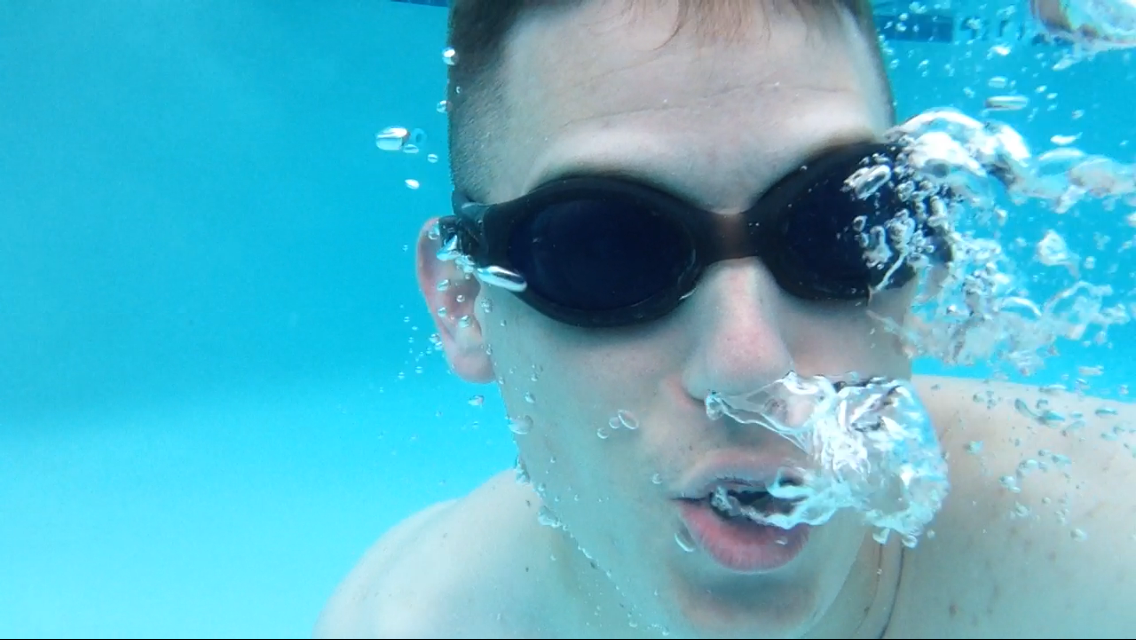I was in ~80% zone. It wasn’t 80% darker. It was maybe 25% darker.
Web searching that phrase just gives me times and such.
In addition to what others said, the way you perceive light intensity is not linear. Between your eye adjusting to changing light levels and just the way your brains visual centers work, it’s closer to logarithmic. Indoor lighting at night probably feels like, what, 10% of the brightness of daylight? In reality it’s less than 1%, sometimes closer to 0.1%.
Our eyes also have the ability to desensitize to higher levels of light input, so the sun at high noon will be really bright but it’s the same as if you were in the complete dark for an hour and walked out into a brightly lit room. The eye gets used to the bright light. The same thing happens walking inside a low-light house from a bright day, it will take a minute to adjust but once you do your eyes have a completely different perception of light intensity.
With the solar eclipse, even 1% of the sun showing still lights an area greater than indoor lighting or perhaps even outdoor lighting, so we perceive it as still somewhat bright. This is sunset-level sunlight but the source is above instead of behind the horizon.
I think it has to do with atmospheric diffusion of the sunlight. Even if the photons coming straight down at you are blocked by the moon, a lot of them bounce around in the atmosphere and end up reaching your eyes. Kinda like when it’s not complete darkness at sunset even after the sun has gone over the horizon. Also explains why the sky is blue, since “blue photons” are better at bouncing around on the atmosphere molecules. See : diffuse sky radiation
Quoting form the Wikipedia article: Approximately 23% of direct incident radiation of total sunlight is removed from the direct solar beam by scattering into the atmosphere; of this amount (of incident radiation) about two-thirds ultimately reaches the earth as photon diffused skylight radiation.
Edit : probably mostly has to do with your eyes adapting to the luminosity and non linearity of light intensity perception by our eyes. See posts below about Weber-Fechner law of perception.
Edit Edit : This is an intersting read. The TLDR is it mostly has to do with our eyes slowly adapting to the amount of light they receive, and during totality, light bouncing from beyond the umbra comes into play.
This is not it (edit: “this” referring to atmospheric scattering), because if you look at the range of what is in shadow, it is significantly larger than the portion of the sky that you can see. If you could see that far, people in more of a 50% zone would be able to see the sky darken significantly in one direction and be bright in another. What we saw instead was the entire sky darkening evenly.
The real answer lies mostly in our nonlonear perception of light, meaning that we’re much more sensitive to the absolute change in amount of light when there’s less light than when there’s a lot. So the difference between 100% bright and 50% bright is a lot smaller to us than 50% bright and 0% bright.
try turning on a flashlight during the day and during the night and you can see the difference the same absolute change in brightness makes in different lighting scenarios. Let’s say that some flashlight is 5% the brightness of the sun. Going from 100% to 105% feels like nothing, but going from 0% to 5% is massive.
In fact you can model this difference using existing perceptually accurate color spaces. Let’s take the CIE L*a*b* color space. To find the perceived brightness (L*) you take Y, which is the absolute brightness in the CIE XYZ color space and run it through the following function: 116 f(Y/Yn) - 16 where Yn is the brightness of some predefined white point, and f is effectively the cube root (though it’s linear when lower than (6/29)^3 (less than 1%)).
If you look at the perceived brightness at 20% absolute brightness, you see that it’s not too far from the 75% brightness OP was describing.

I imagine there are other factors at play, but this is probably the biggest one.
You’re probably right, I have edited my comment to reflect this.
 source
source This article actually talks about how your eyes adjust during an eclipse, which is a bit different from what i was talking about, but also likely just as important.
Your eyes adjust to the available light to a radical degree. If you are in a room with 5 lights bulbs and turn all but one off, it will probably only feel 25%-50% darker.
I was trying to make my bedroom as dark as possible so I could sleep in. I turn off the lights, it felt dark for like 2 seconds until my eyes adjusted. Then there was all this light coming in around my curtains, it felt just as bright as before. So I tapped those to the wall. Man it was nice and dark for a few more seconds then my eyes adjusted and there was all this light coming in from under the doors. So I put a towel in front of that. Then it was dark, but I could still see a little because it turns out my curtain tapping was not great AND there was light coming in around the doors. My point being, if you are young and healthy your eyes can be really good at adjusting to low light conditions without you even noticing.
And in 20 minutes, hopefully you were asleep. Otherwise, you’d likely be at full dark adaptation and find new light sources. Your pupils take seconds to adjust, but it takes 20 minutes for your eyes to replenish the rhodopsin, the chemical that amplifies your retinas. It gets bleached in seconds, which is why it takes so long to go back to full adaptation. Red light does not bleach rhodopsin, hence it’s use in dark activities. That’s also why “pirates” used eye patches: one eye kept it’s rhodopsin to see below deck.
Someone needs a sleep mask!
Nowadays, I put that on and I’m out like a light!
It’s also that the natural resting position of our eye lids when fully relaxed isn’t fully shut (that requires muscle power). Rather the relaxed state is almost-but-not-fully shut which let’s in more light than expected.
Without looking for sources - so I could be totally wrong - I believe that it did darken proportionately and that light meters would register that. However, human eyes are not light meters and adjust to the dimmer light without you knowing.
My guess is that it’s related to the Weber-Fechner laws of perception. This is the same principle that explains why turning a second light on doesn’t make a room seem twice as bright. Fechner’s formulation is “the intensity of our sensation increases as the logarithm of an increase in energy rather than as rapidly as the increase.”
I’ve never heard of this law. Very interesting, thanks for sharing.
I was in the path of totality.
It wasn’t dark like the middle of the night. It was dark like the sun was just about to dip under the horizon.
same, it was like it was dawn all around.
Yeah it was crazy having a “sunrise” all across the horizon instead of just one location. There was only about 5 minutes of noticably darker lighting before and after the totality. Other than that, i would have had no idea the moon was transiting the sun if i hadn’t spent an hour watching it go across.
Our eyes are evolved to detect a high range of brightness’s so we experience brightness on a logarithmic scale not a linear one.
I was in 7 dB zone, but it did not felt like 7 dB. Maybe 1 or 2 dB.
Better?
I don’t believe that we perceive luminance in a linear fashion, but the systems of measurement aren’t straightforward coming at it as a layperson.
With sound, a 10 dB increase is 10 times more intense, but it doesn’t sound 10 times louder to the human ear - it sounds (roughly) twice as loud. So if something was 6 dB quieter (1/4th as energetic), it would sound maybe 2/3rds as loud.
The next things to ask are:
- does an obstruction of 80% of the sun result in reducing the light we receive to 20% of what we’d otherwise receive?
- how does a change in light energy affect our perception of brightness?
You’re just thinking visible light. There was almost no infrared in my 75% zone. Usually the sun is very warm out in the open (we’re at high altitude) but during the eclipse it was out but felt like I was in a shadow.
I mean, you kinda were.
I regret to inform you that the moon is not an IR filter.
The percentage was amount of sun eclipsed, not amount of light blocked. Ambient illumination prevented 1:1 proportional darkness from occuring.
I was in totality, but it did not get totally dark. It was more like a sunset in every direction. The sky on the horizon is much further away than the area of the eclipse zone, and it is still getting hit by the sun.
My guess is something to do with the atmosphere reflecting light. If you look at a lightbulb then block the line of sight with your hand, the room is still lit up even if you can’t see the bulb.
The atmosphere refracts light, there’s still a lot of air being hit by light and being scattered around. The colours scattered most are blueish, aka sky blue
To echo Beryl, light is a wave.
Because light moves in waves, not lines.










